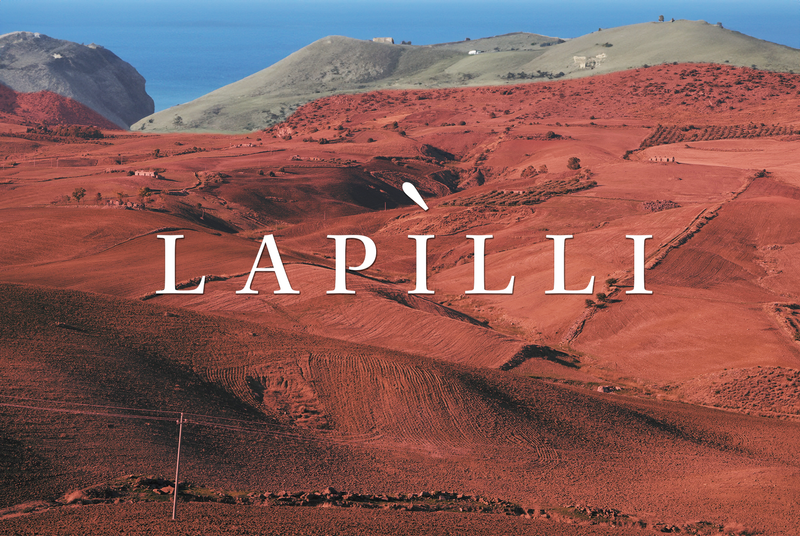A heartfelt thanks to our colleagues at Egab for curating last month’s beautiful issue. This month’s Lapilli returns to a more Italian perspective. However, since you may still have vivid memories of the previous edition, we invite you to share your feedback with us. Our vision is for Lapilli and Lapilli+ to become vital platforms for staying up to date with both the environmental challenges and the potential solutions facing the Mediterranean region, as experienced from diverse perspectives. We are currently seeking funding to be able to work with journalists covering environmental issues across the Mediterranean. Before moving forward with this vision, we are eager to hear your thoughts. Please take a moment to fill out this brief survey.
The next edition of Lapilli+ will also result from our collaboration with Egab. If you wish to receive it, please flag Lapilli+ and upgrade to a Lapilli Premium subscription for full access. Though this newsletter usually is released on Friday, this upcoming edition is slated for Tuesday, August 20, for holidays reason. It focuses on trees and comes from Egypt.
Then, we have another exciting announcement to share: Thanks to funding from Journalismfund Europe, we are launching the first edition of the Magmatic School of Environmental Journalism. More information is available below and on our website.
But, as always, at the core of this issue of Lapilli, you will find a curated selection of the latest environmental news, features and multimedia from various corners of the Mediterranean. Enjoy!

A warm Med. Last month, we emphasized the scorching temperatures sweeping the eastern and southern portions of the Mediterranean. In June, Greece experienced the earliest heatwave ever recorded in the Hellenic country (The Guardian); and due to excessive air conditioning, a major power outage left several Balkan countries without electricity (Associated Press). Toward the end of the month, southern and eastern parts of Europe were trapped under a heat dome. Meanwhile, cooler and more varying conditions dominated the western parts of Europe closer to the Atlantic (Euronews). These two air masses collided in the south of France and in the Alps, causing episodes of heavy rain and severe thunderstorms with hail and strong winds (Agence France-Presse; Geopop).
In July, a long heatwave hit several parts of Europe, including Spain, Italy, Greece and the Balkans. Temperatures rose to nearly 40 degrees Celsius (104 Fahrenheit) and above, peaking between July 17 and 19. And, on the 22nd, Earth experienced its hottest day since records started being taken (The Washington Post). Around that time, temperatures in Morocco reached 48 degrees Celsius (118 Fahrenheit) in some areas. The heat is believed to have killed at least 21 vulnerable individuals in the central city of Beni Mellal (Agence France-Presse).
Even sea surface temperatures showed unusual values for the season, with anomalies of 4 or 5 degrees Celsius above average (7.2 or 9 degrees Fahrenheit). On July 16, for instance, a buoy off the coast of Dubrovnik, Croatia, recorded temperatures of 29.7 degrees Celsius (85.5 Fahrenheit) (Total Croatia News). In Malta and other parts of the central Mediterranean, sea surface temperatures reached 30 degrees (86 Fahrenheit) too, something that usually occurs later in the year (Malta Today). And as lagoons tend to suffer the most from high temperatures, in Orbetello, Italy, a major fish die-off occurred (Open).
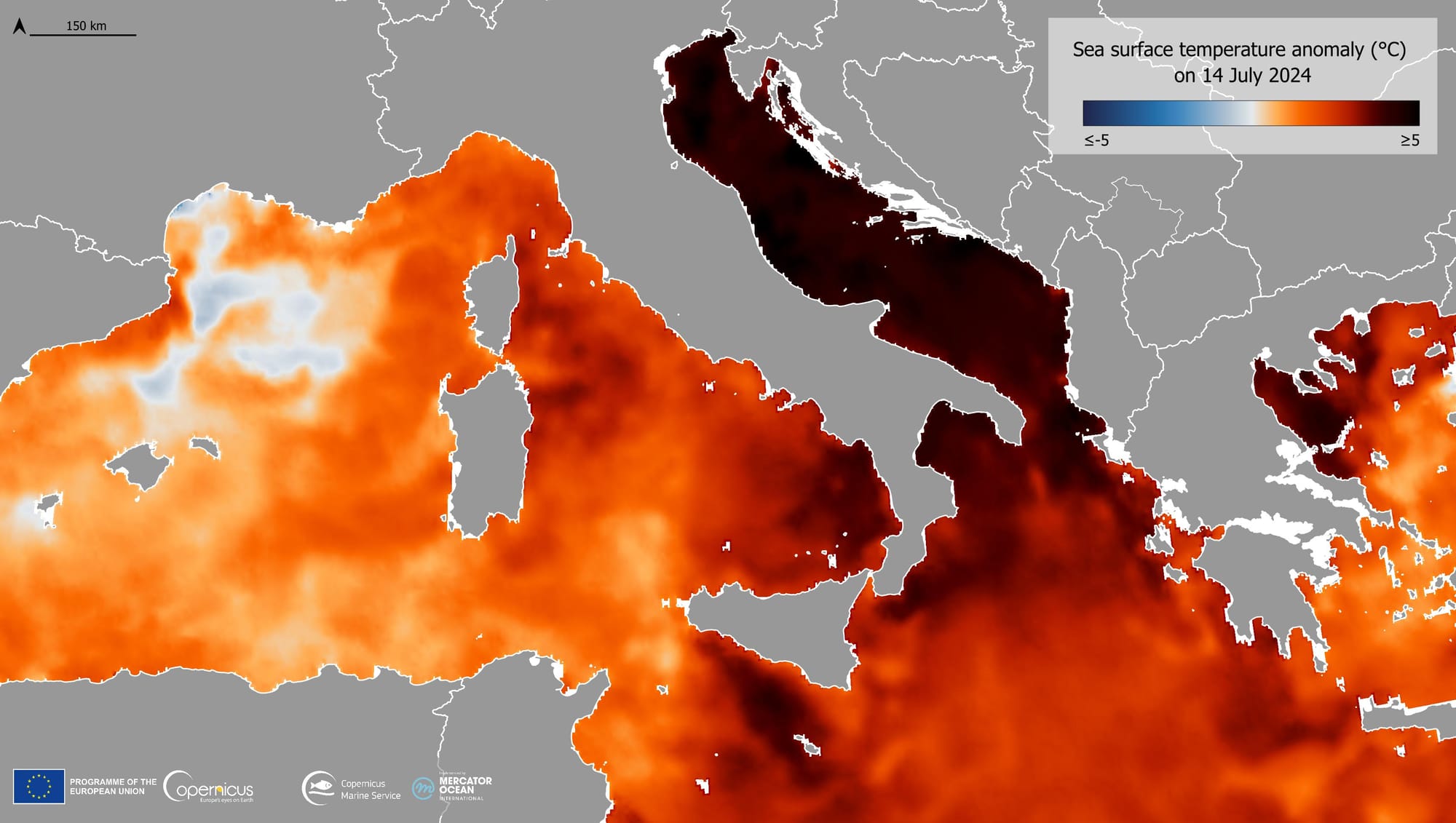
In North Macedonia, the government declared a 30-day state of emergency owing to multiple raging forest fires. Reportedly, the most difficult blaze developed on Serta Mountain, about 85 kilometers (53 miles) from the Greek border, and later spread to the adjacent municipalities of Stip and Negotino (Balkan Insight).
According to a timely ClimaMeter analysis, human-induced climate change has made extreme heat events across Europe (such as the one in mid-July) even hotter by up to 3 degrees (5.4 Fahrenheit). An interesting study by a group of Italian researchers looked at how vulnerable European tourist destinations are to extreme weather events, such as floods, thermal stress and windstorms. The researchers mapped over 110,000 attractions across Europe, including restaurants, hotels and museums, and compared these tourist sites with data on extreme weather risks. Their findings reveal that large cities and coastal areas are among the most at risk, with significant potential consequences for the economy (Hakai Magazine).
Egypt’s summer between heatwaves and power cuts. As extensively covered in last month’s newsletter, temperatures in Egypt have hardly dropped below 37 degrees Celsius (100 degrees Fahrenheit) since May, accompanied by recurrent power cuts. A recent New York Times article describes life in the North African country amid the sweltering heat and hours without electricity, which have persisted for more than a year due to a decline in domestic gas production. The government has announced plans to suspend these power cuts until mid-September, resorting to imported gas. But reports of people without power have continued to surface on social media at least up to mid-July, according to the New York Times. The country, which exported natural gas until last May, now plans to spend about 1.18 billion U.S. dollars on imported energy, as well as trying to increase production from renewable sources, aiming to end power cuts by the end of the year.
|
The environmental trail of the war in Gaza. A recent report from the United Nations Environment Programme (UNEP) has preliminarily assessed the impact on soil, water and air caused by the conflict in Gaza, describing it as “unprecedented” for the region. The report estimates that the war has generated 39 million metric tons of debris, which is roughly 107 kilograms per square meter (about 22 pounds per square foot). Such debris is often contaminated with unexploded artillery, asbestos, industrial and medical waste as well as other hazardous substances posing risks to human health and the environment. The shutdown of wastewater treatment plants also pose significant risk, with pathogens, microplastics and hazardous chemicals contaminating beaches, coastal waters, soil and freshwater, threatening human health, marine life and agriculture. Five out of six waste management facilities have been damaged there. And the most densely populated areas of Gaza have been further contaminated with heavy metals and explosive chemicals from munitions. According to the report, this contamination will endure and have significant repercussions on human health.
This preliminary assessment also highlights that the conflict has swiftly reversed some of limited progress that had been made in recent years in environmental management in the region, such as desalination and wastewater treatment plants, the spread of solar energy and investments in restoring the Wadi Gaza wetland. UNEP’s assessment is based primarily on data obtained through remote sensing, as well as from Palestinian technical agencies, multilateral partners, scientific literature or material related to UN field activities. However, as soon as security conditions allow and access is granted, UNEP intends to conduct a field assessment, according to the note accompanying the report’s release (Reuters).
“Tourism, yes. But not like this.” Let’s return to more popular summer topics. In the past three months, numerous citizens have taken to the streets in Spain to protest overtourism. It started with the Canary Islands in April; then there were protests in Málaga, Alicante, Cádiz, San Sebastián, Madrid and finally Mallorca. But perhaps the city that most effectively delivered the message was Barcelona. On July 6, some demonstrators squirted water guns at tourists who were dining on restaurant terraces. The images of the "assault" went viral around the world. However, the protesters are not against the visitors themselves but rather the tourism model they nurture (Financial Times).
In the Canary Islands, about 57,000 people hit the streets in April to demand changes to an economic model that harms the local population and the environment. Limiting the number of visitors, introducing an eco-tax to protect the environment, a moratorium on tourism and a clampdown on the sale of properties to non-residents were among the proposals brought to the table by those who organized the demonstration. Fourteen million people visited the archipelago last year, a number six times greater than the local population (Al Jazeera). At the same time, with 85.1 million tourists in 2023, Spain is now the second most visited country in the world. The tourism sector generates between 12 and 13 percent of the gross domestic product. But, as many Italians and Greeks understand, this type of economy is not without drawbacks (The Guardian).

Tourism or agriculture: the drought dilemma. A recent article in the New York Times, featuring visuals by photojournalist Gianni Cipriano, delves exactly into this dilemma. In this case, the focus is on Mediterranean drought-affected areas, such as Catalunya in Spain and Sicily in Italy, and their relationship with tourism. Inland Sicily appears now as a succession of completely dry pastures. And with the tourist season in full swing, local administrators are faced with deciding which sector to prioritize.
“We are forced to sacrifice the damage to agriculture, but we have to try not to damage tourism because it would be even worse,” said Salvatore Cocina, the head of Sicily’s civil protection, to the New York Times. For now, there seems to be no doubt about the direction taken. Authorities said that priority is given to hospitals, businesses producing essential goods and vulnerable populations. But also hotels. The report describes luxury resorts with lush golf courses not far from areas where water is heavily rationed.
According to Barcelona’s Institute of Regional and Metropolitan Studies, the water consumption of an average luxury hotel guest is five times more than that of a local. In response to what they consider an unfair use of water, residents in Catalunya have launched a campaign with the hashtag #NoEnRaja, meaning something like you can't take something where there is none. They believe that, along with agriculture and industry, the tourism sector is responsible for the mismanagement of water resources.
A researcher from the National Weather Service in France, Samuel Somot, told the New York Times that the risk of "water wars" in the Mediterranean region might escalate in the future.
A Sicilian shepherd couldn’t help but wonder, “Should we all move to the coast and go into tourism?”
A transforming delta. The Po Delta is changing, a change that is not always easy to notice. In this triangle between Veneto and Emilia Romagna, land patches that were once reclaimed from the sea are slipping back into the water. This is evident in places like Isola Bonelli Levante in Porto Tolle, a large rice farm that was in use between the 1970s and 1990s, before being abandoned, or the German fortification of Isola Batteria dating back to World War II. Then, depending on the yearly amount of precipitation, the salt wedge is affecting crops and ecosystems. In 2022, which was a particularly dry year, salt intrusion extended over 40 kilometers (25 miles) inland. Whereas, last year it rained more and the salt wedge extended only 17 kilometers (10 miles) inland. Such an increase in salinity poses problems for local crops, such as rice, corn, soybeans, other cereals, fodder and fruit. About 70 percent of the 140 square kilometers (54 square miles) that make up the delta is cultivated, but saltwater infiltration is shrinking the cultivable area. Last year, rice production suffered a 20 percent decline. Many rice farmers are now worried that the sea might reclaim the land. These changes, as well as the work of researchers trying to find solutions, are described in this longform article by photographer Luigi Avantaggiato, published in July on Al Jazeera.
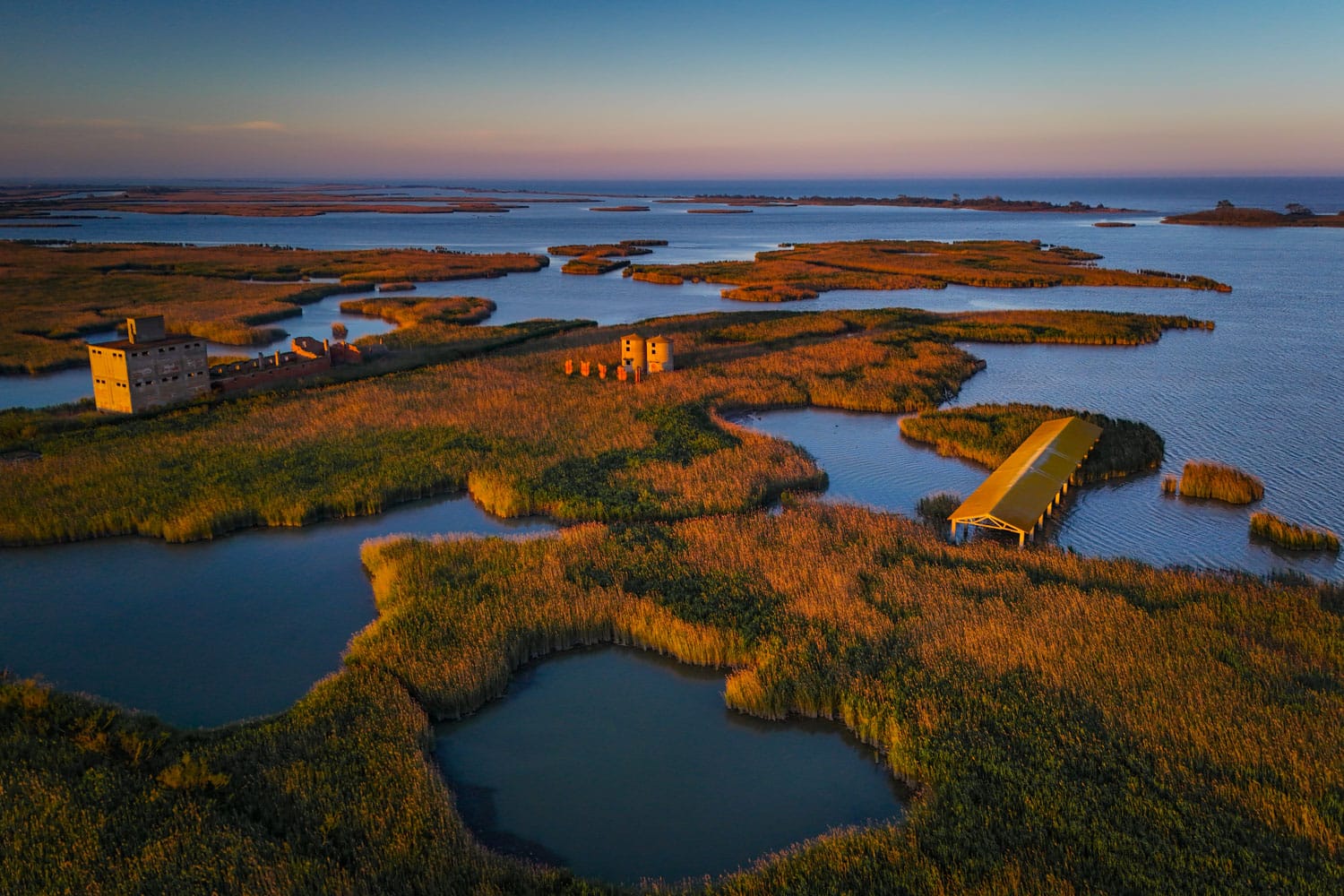

Taranto’s dolphins. Magma’s member Guglielmo Mattioli has recently published a story in National Geographic about the strong — and at times forgotten — bond the city of Taranto intertwines with its population of dolphins. Even the city’s foundational myth talks dolphins. It is centered around Taras, son of Poseidon, who frequented these areas on the back of a dolphin. And this image of Taras riding the cetacean is portrayed on the local coins dating back to the third century B.C., as well as on many other monuments and artifacts that are symbols of the Apulian city. However, it is not that long ago that Taranto has rediscovered its connection with dolphins, which, despite the significant industrial phase, have never left its waters. Since 2009, researchers from the University of Bari have begun to survey and monitor their population. Subsequently, some projects have focused on their conservation, leading to the proposal to establish a protected marine area. You can read more about Guglielmo's reflections that arose alongside this article in the latest issue of Lapilli+.
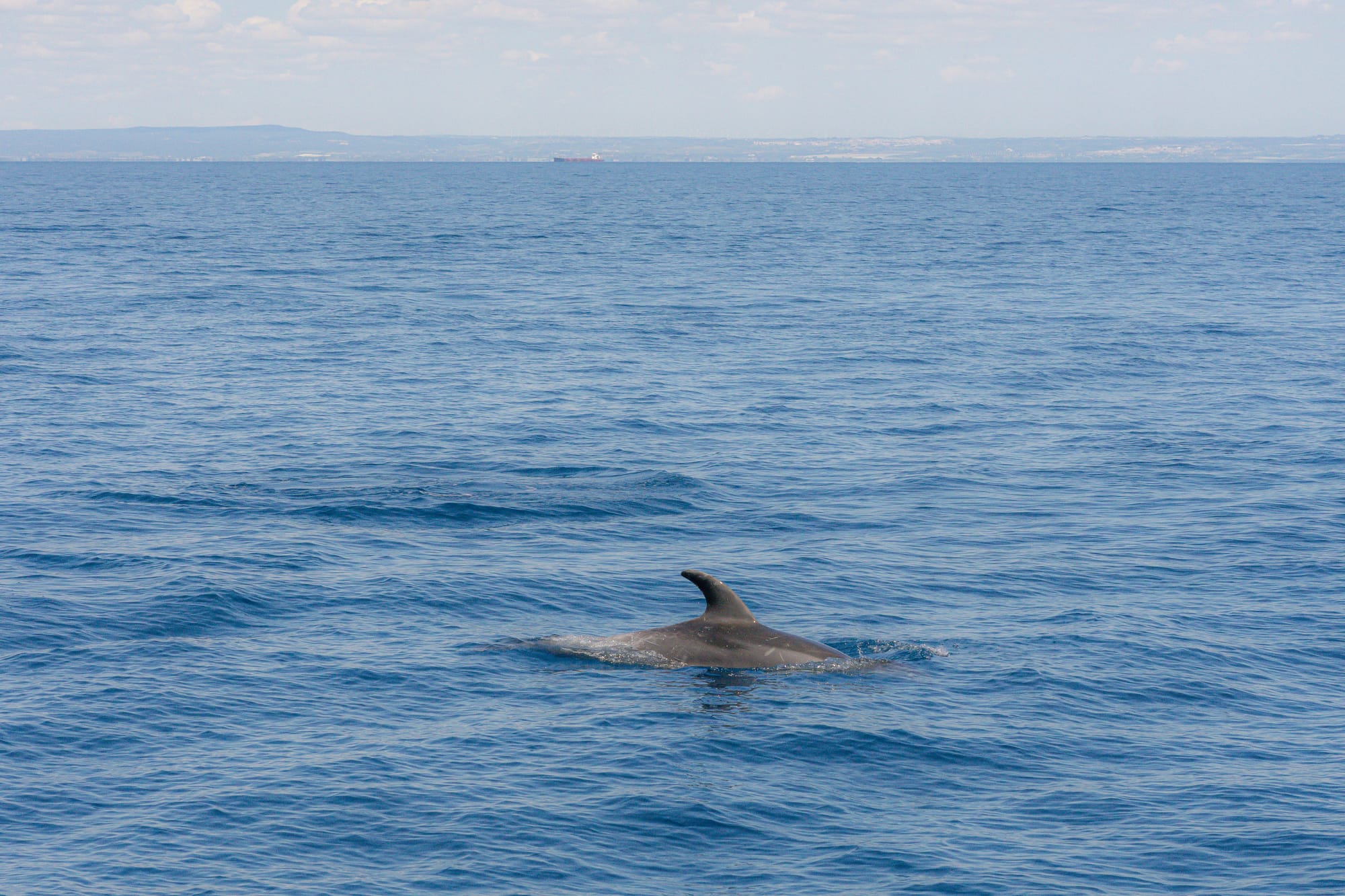
Problematic waste exports. In this story I have recently written for Radar Magazine, I explore some of the dynamics that followed China’s ban on importing certain types of waste, including plastics, starting in 2018. The second half of the article focuses especially on Turkey, which has become the main destination for European plastic waste sent abroad since China's ban. I also highlight Italy’s weak waste infrastructure. Besides being fairly equipped with facilities for sorting, compacting and shredding waste, it shows significant deficiencies in the subsequent stages of the waste cycle, especially when it comes to handling the surplus of hard-to-recycle types of waste.
On a similar note, I'd also like to recommend another article, published some time ago in Solomon, which had a significant impact on me. This investigation, which the Greek news outlet conducted in collaboration with Greenpeace and the Basel Action Network, followed the journey of a plastic bottle after being thrown into a recycling bin in Athens. The investigation led the journalists to Romania, a country where numerous plastic recycling plants have sprung up or expanded after 2018, a phenomenon similar to what has happened in neighboring Bulgaria. Both articles emphasize how exporting waste also exports the environmental, social and health costs of their management. In the Radar article, I also mention the new EU Regulation on Waste Shipments, which some experts believe may not be enough to prevent European waste from polluting the water, air and soil of other countries, despite introducing important steps forward.

A school of magmatic journalism. We have an important announcement at Magma. Until August 30, you can apply for the first edition of the Magmatic School of Environmental Journalism, which will be held online from early October 2024 to late February 2025. The program is open to journalists based in European countries bordering the Mediterranean or close to its influence. It’s a very practical program and conducted in English. Over five months, under the guidance of mentors Jonathan Moens, Marta Vidal and Agostino Petroni, selected participants will be able to immerse themselves in the field of environmental journalism, engage in narrative writing and expand their portfolios. For more information about this program, made possible with the support of Journalismfund, click here.

Depopulation and wildfires. In the Italian version of Lapilli, we’ve pointed to a recent podcast produced by the Italian outlet Il Post delving into the sounds spermwhales use in their social lives. But we bet that not all of you speak Italian. That’s why we’ve opted to include here a video interview with photographer Adra Pallón in Spanish. Nevertheless, if you are interested in ocean sounds, we recommend a similar podcast released a few years ago by Hakai Magazine (one of my favorite publications, which has very recently announced it will stop publishing next year — sigh).
In the video below, Pallón talks about his project, “Lumes,” exploring the link between wildfires and depopulation in Galicia, Spain. Instead of the flames people use to light their homes, this area of Spain has been increasingly experiencing a different source of light, this one originating from wildfires. “That lumen (fire) that inhabited homes and was synonymous with life is today read from the perspective of the forest fires that ravage us every year,” he explains. Thanks to the support of Photographic Social Vision, Pallón has spent years documenting depopulation and its consequences in Galicia's rural areas. His work has recently become a photobook, “Lumes,” which takes us into the mountains’ villages to meet those who still live there.

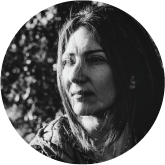
GUIA BAGGI
As an independent journalist, she writes about the environment, as well as the relationship between humans and their surroundings. In recent years, she has been focusing on the impacts of climate change and other environmental crises on the Mediterranean region. Building on this experience, she co-founded Magma.That's it for this month. Thank you for reading this far. See you in September or earlier with Lapilli+.
If this newsletter was forwarded to you, you can subscribe here to continue receiving it. Lapilli is free and always will be, but in case you would like to buy us a coffee or make a small donation, you can do so here. Thank you!
Lapilli is the newsletter that collects monthly news and insights on the environment and the Mediterranean, seen in the media and selected by Magma (or allies).

